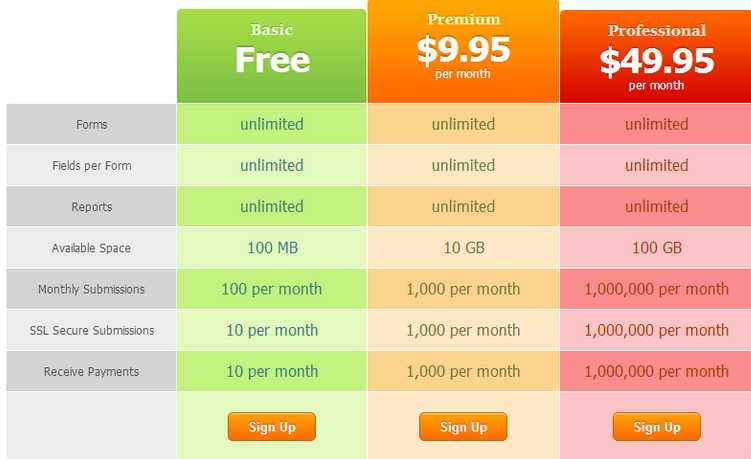I often encounter clients that offer only a single product for a single price. Good marketers know that to generate more sales, you need to offer multiple pricing tiers or several pricing options for the customer to choose from.
Three Common Pricing Tiers
I generally advise clients to offer three pricing tiers as part of a price ladder:
- Value – Good/Silver
- Standard – Better/Gold
- Premium – Best/Platinum
By offering both a less expensive value tier version of your standard product or service offering and a more expensive premium pricing option, you can appeal to more buyers and increase your overall revenue.

Offering multiple pricing tiers is commonplace in many industries. When you fill-up your vehicle with fuel, the gas pump has three options: Regular, Plus, and Super. When you go to the automated car wash they offer a basic, deluxe, and a super wash. Pricing ladders are everywhere- and for good reason.
Value Pricing Tier
To create a value tier, start by taking your standard offering and strip it of all but its essential functionality. Some buyers are only concerned about price. While the optimally priced standard version may be out of some consumer’s price range, by offering a basic or entry-level pricing tier, you can appeal to your cost-conscious customers.
Fast food restaurants such as McDonald’s often offer a series of “value menu” items to appeal to the cost-conscious customer looking for the lowest cost product as part of a value level pricing tier. Don’t expect frills like lettuce, tomatoes, or special sauces on value tier products. The goal of the value tier is to capture customers that want what you offer, but cannot afford the standard tier offering.
The value tier often has feature or usage limitations or may contain annoying advertising additions that make most consumers opt to select the standard tier product. A product-led go-to-market strategy using the freemium pricing strategy could be considered as the value tier offering.
Standard Pricing Tier
The standard version of your product or service offering is your flagship version and has all the functionality that most consumers will value, and will pay to have access to. The standard version includes the most popular bells and whistles and is priced attractively as your middle-level price point. The standard tier offering should provide the best value for customers.
Consumers are hard-wired with a need to compare options, primarily because they lack the skills to determine value. Just like the story of Goldilocks and the three bears, where the chair or bed options are either too hard or too soft or the porridge too hot or too cold, Goldilocks chooses the option in the middle that is just right. Behavioral economics says that consumers often do not have the knowledge to truly weigh all the pros and cons of multiple offers and tend to gravitate to the middle-priced offer.
Premium Pricing Tier
The premium level pricing tier is designed to appeal to the “money is no object” customers. These customers want the best version offering that money can buy. To create a premium offering, bundle your standard tier offering with a few extra features, then price the best tier pricing option much higher to act as a price anchor or decoy priced option to make your middle better pricing tier look like a real bargain.
Some customers will accept nothing but the best, and will not hesitate to select the highest price options. The goal of your premium tier offering is two-fold: to capture the additional revenue from premium buyers, and to make standard buyers happy with their standard tier selection.
Buyers of luxury status products who choose brands for their prestige factor often want to display their conspicuous consumption for the world to see, so badging that indicates they have purchased the highest-priced offering often drives sales for a premium tier product.
When General Motors introduced the Cadillac Escalade in 1999, it was nearly identical to the GMC Yukon Denali- except for the Cadillac badging, which commanded a significant price premium.
Do you offer pricing tiers to potential customers to maximize sales and revenue?












